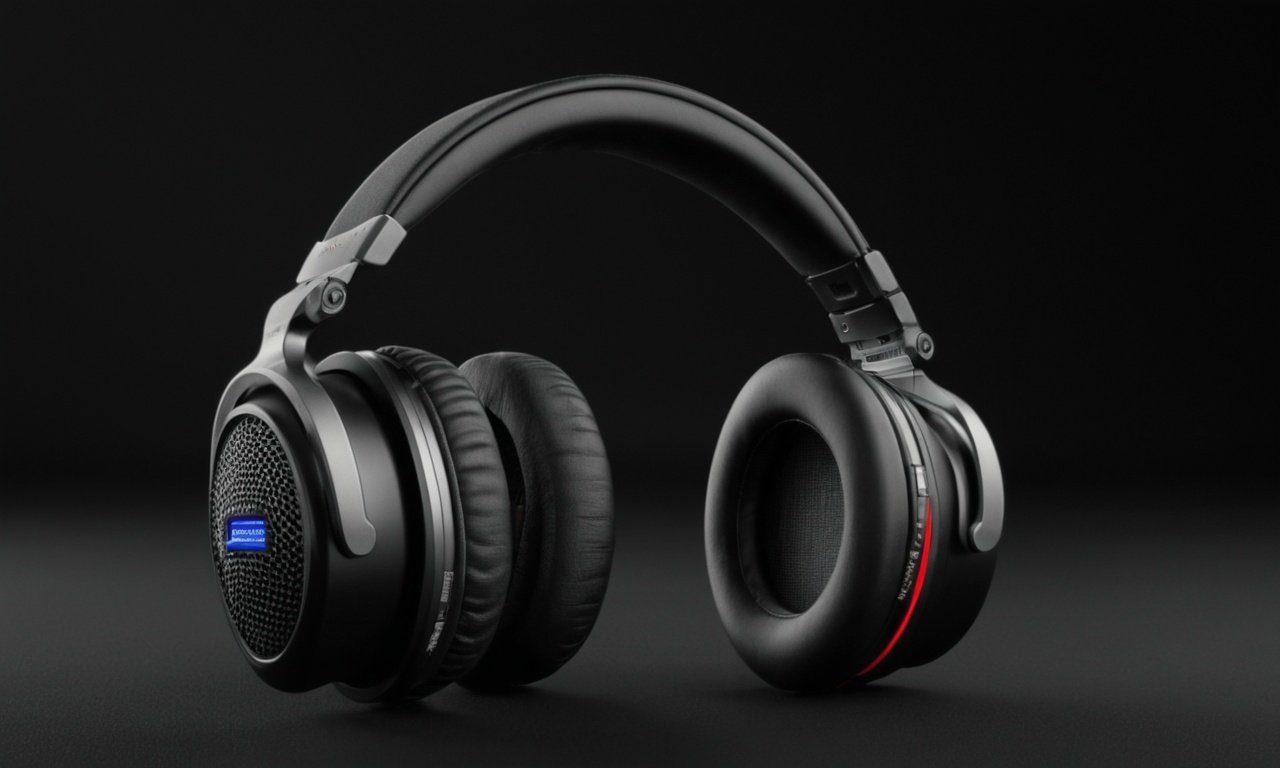In the competitive world of podcasting, audio quality can make or break your show. Poor audio quality is the #1 reason listeners abandon podcasts within the first few minutes. This comprehensive guide will show you how to enhance your podcast audio for maximum impact and professional results.
Why Podcast Audio Enhancement Matters
Professional audio enhancement goes beyond just removing silence. It's about creating an immersive listening experience that keeps your audience engaged:
- Increased Listener Retention: Quality audio keeps listeners engaged longer
- Professional Credibility: Clean audio establishes trust and authority
- Better Discoverability: Platforms favor well-produced content
- Improved Accessibility: Clear audio helps all listeners, including those with hearing difficulties
Essential Podcast Audio Enhancement Techniques
1. Silence Removal and Optimization
Long pauses and dead air can kill podcast momentum. Strategic silence removal helps maintain energy and pacing:
- Remove awkward pauses longer than 2 seconds
- Preserve natural speech rhythm
- Maintain conversational flow in interviews
- Keep intentional dramatic pauses
"The difference between amateur and professional podcasts often comes down to audio pacing. Remove the dead air, keep the energy flowing."
2. Volume Normalization
Consistent volume levels prevent listeners from constantly adjusting their playback volume. Key considerations:
- Target -16 LUFS for most podcast platforms
- Ensure all speakers have similar volume levels
- Avoid excessive dynamic range compression
- Maintain natural voice dynamics
3. Noise Reduction
Background noise, room tone, and equipment hum can distract from your content:
- Identify and remove constant background noise
- Address room acoustics issues
- Minimize handling noise and keyboard sounds
- Use appropriate microphone techniques
Advanced Enhancement Strategies
EQ and Frequency Optimization
Proper equalization can dramatically improve voice clarity and intelligibility:
- High-pass filter: Remove frequencies below 80-100Hz to eliminate rumble
- Presence boost: Slight boost around 2-5kHz for clarity
- De-essing: Control harsh sibilant sounds
- Warmth: Gentle boost around 200-400Hz for voice warmth
Multi-Speaker Balancing
When recording with multiple participants, balance becomes crucial:
- Record each participant on separate tracks when possible
- Match volume levels across all speakers
- Apply consistent processing to maintain cohesion
- Address individual voice characteristics appropriately
Podcast Format-Specific Considerations
Interview Podcasts
- Preserve natural conversation flow
- Remove "ums" and filler words judiciously
- Balance host and guest levels
- Maintain authentic reactions and responses
Solo Podcasts
- More aggressive silence removal is acceptable
- Tighten pacing for better engagement
- Focus on clear, confident delivery
- Remove obvious mistakes and restarts
Narrative Podcasts
- Maintain dramatic tension through pacing
- Preserve intentional pauses for effect
- Ensure seamless scene transitions
- Balance narration with ambient sound
Tools and Workflow for Podcast Enhancement
Using BahaaSR for Podcast Enhancement
Our platform offers podcast-specific optimization:
- Upload your raw podcast recording in any audio format
- Automatic analysis identifies optimal silence removal settings
- Podcast-optimized processing maintains natural speech flow
- Download enhanced audio ready for final production
Professional Workflow Tips
- Always keep backup copies of original recordings
- Process audio in stages rather than all at once
- Test on different playback systems
- Get feedback from trusted listeners
Common Podcast Audio Mistakes
- Over-processing: Removing too much natural character
- Inconsistent levels: Volume jumps between segments
- Excessive noise reduction: Creating artificial-sounding voices
- Poor pacing: Not considering listener attention spans
- Ignoring platform requirements: Not optimizing for streaming services
Platform-Specific Optimization
Spotify Podcasts
- Target -16 LUFS integrated loudness
- Use consistent branding elements
- Optimize for mobile listening
- Consider Spotify's recommendation algorithms
Apple Podcasts
- High-quality audio encoding (256 kbps or higher)
- Proper metadata and chapter markers
- Consistent publishing schedule
- Clear, professional intro/outro
Measuring Enhancement Success
Track these metrics to measure your audio enhancement effectiveness:
- Listener retention rates: How long people stay engaged
- Completion rates: Percentage finishing full episodes
- Subscriber growth: Quality audio attracts loyal listeners
- Listener feedback: Direct comments about audio quality
Conclusion
Professional podcast audio enhancement is an investment in your show's success and your audience's experience. By focusing on strategic silence removal, consistent levels, and appropriate processing, you can transform amateur recordings into professional-quality content that stands out in the crowded podcast landscape.
Remember, the goal isn't perfection—it's clear, engaging audio that serves your content and respects your listeners' time and attention.
Ready to enhance your podcast audio? Try our podcast-optimized audio enhancement and hear the difference professional processing makes.
